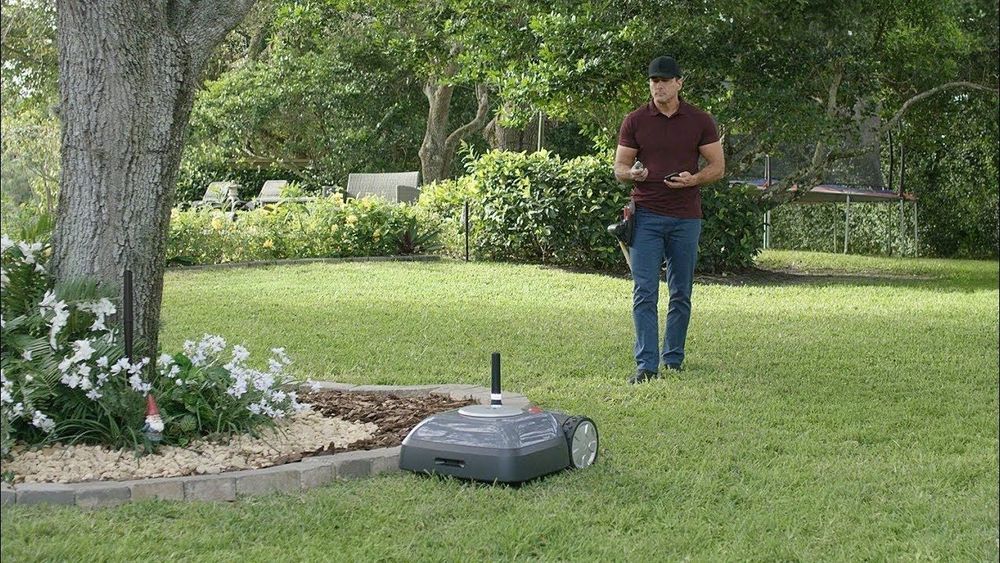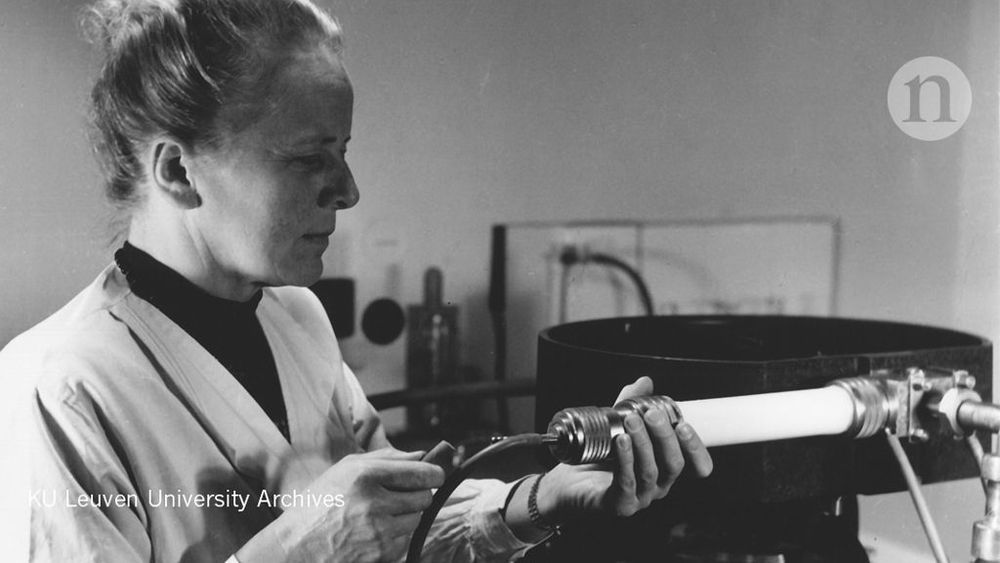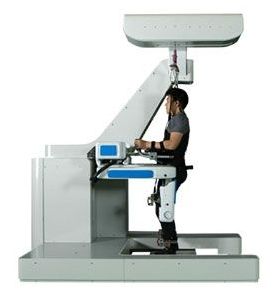Page 9153
Feb 1, 2019
Celebrate the women behind the periodic table
Posted by James Christian Smith in category: chemistry
#HiddenFigures #Friday Here we spotlight some of the women who revolutionized our understanding of the elements. Marie Curie is the most celebrated, for her double Nobel-prizewinning research on radioactivity and for discovering polonium and radium. Stories of other women’s roles are scarce. So, too, is an appreciation of the skills required, including tenacity and diligence in performing experiments, sifting through data and reassessing theories.
Brigitte Van Tiggelen and Annette Lykknes spotlight female researchers who discovered elements and their properties.
Feb 1, 2019
Biology, Technology, and the Posthuman Future
Posted by Steve Nichols in categories: biological, futurism
https://paper.li/e-1437691924#/
Philosopher Peter Sloterdijk provides insight into the upheavals to come.
Feb 1, 2019
IRobot Finally Announces Awesome New Terra Robotic Lawnmower
Posted by James Christian Smith in category: robotics/AI

Since the first Roomba came out in 2002, it has seemed inevitable that one day iRobot would develop a robotic lawn mower. After all, a robot mower is basically just a Roomba that works outside, right? Of course, it’s not nearly that simple, as iRobot has spent the last decade or so discovering, but they’ve finally managed to pull it off.
More than 10 years in the making, Terra wants to do for your lawn what Roomba has done for your floors.
Continue reading “IRobot Finally Announces Awesome New Terra Robotic Lawnmower” »
Feb 1, 2019
What’s Better Than 40 GPU-based Computers? A Computer With 40 GPUs
Posted by James Christian Smith in categories: computing, engineering
At the IEEE International Symposium on High-Performance Computer Architecture in February, Illinois computer engineering associate professor Rakesh Kumar and his collaborators will make the case for a wafer-scale computer consisting of as many as 40 GPUs. Simulations of this multiprocessor monster sped calculations nearly 19-fold and cut the combination of energy consumption and signal delay more than 140-fold.
Engineers aim to use “silicon interconnect fabric” to build a computer with 40 GPUs on a single silicon wafer.
Feb 1, 2019
Healbot-T Rehabilitation Robot
Posted by James Christian Smith in categories: biotech/medical, robotics/AI
Feb 1, 2019
Meet the Bots That Review and Write Snippets of Facebook’s Code
Posted by James Christian Smith in categories: cybercrime/malcode, employment, engineering, robotics/AI

To make its developers’ jobs more rewarding, Facebook is now using two automated tools called Sapienz and SapFix to find and repair low-level bugs in its mobile apps. Sapienz runs the apps through many tests to figure out which actions will cause it to crash. Then, SapFix recommends a fix to developers, who review it and decide whether to accept the fix, come up with their own, or ignore the problem.
Engineers began using Sapienz to review the Facebook app in September 2017, and have gradually begun using it for the rest of the company’s apps (which include Messenger, Instagram, Facebook Lite, and Workplace). In May, the team will describe its more recent adoption of SapFix at the International Conference on Software Engineering in Montreal, Canada (and they’re hiring).
Continue reading “Meet the Bots That Review and Write Snippets of Facebook’s Code” »
Feb 1, 2019
Smart Blinds with Solar Panels
Posted by Klaus Baldauf in categories: solar power, sustainability
Window blinds that have solar panels. Solargaps is elegant decision that let you generate energy while keeping your home cool.
Feb 1, 2019
The future of in-space manufacturing
Posted by Klaus Baldauf in categories: futurism, space
Hoisting heavy machinery into space is cumbersome and expensive. Soon, however, it won’t be a problem. Cathal O’Connell reports.
Feb 1, 2019
At-home DNA testing company gives the FBI access to its database
Posted by Genevieve Klien in category: biotech/medical
Family Tree DNA has agreed to team up with the FBI, but it says feds won’t be able to see more information than any other user can.
















